Spray Cellulose Insulation Pros Cons
Spray cellulose insulation pros cons. Cellulose Fiberglass or Spray Foam. The average cost is around 1 per square foot. Cellulose Insulation.
Spray foam typically performs better than any other insulation product essentially stopping air movement but cost can be a significant drawbackOpen-cell foam bubbles that burst expands to fill any cavity but offers lower R-value density and can transmit moisture. Open Cell Pros Cons April 15 2021 December 11 2020 Spray Foam Insulation also known as Spray Polyurethane Foam SPF is considered one of the best insulating and air sealing and weatherization materials on the market today. Up to this day questions are still being asked about the use of spray foam insulation.
Spray Foam Insulation Vs. Most fiberglass products contain 40 to 60 recycled glass. Attic insulation is important if you want to keep your hard-earned money from pouring out of your roof attic insulation is a must.
Dunktanktechnician via Flickr CC by SA 20. Blanket insulation is the cheapest per m2 5 followed by loose fill 750 sheet insulation 10 and spray foam 55. Cellulose insulation materials are treated with chemicals to make them better in.
Dont know which type to choose. As you compare spray foam attic insulation pros and cons keep in mind that the material is available as an open-cell or closed-cell polyurethane spray foam. Made primarily from recycled newspapers and treated with a fire retardant cellulose is usually blown into wall and ceiling cavities with a special blowing machine that also aerates the cellulose and fluffs it up.
If you choose to install cellulose yourself you can buy the insulation in bags from your local home-improvement store. Cellulose is a loose-fill insulation that is growing in popularity. Unlike the spray foam insulation types above it doesnt chemically expand upon application but it does move around to fill up the cavity completely.
As opposed to the normal blown-in. A separate but related option is non-expanding sprayed-in insulation.
Closed Cell SPF vs.
For new builds batt insulation is the more popular choice. Most of all we are aware that Icynene has only taken the UK by storm in the past several years therefore questions are still being asked about the pros and cons of this manufacturer of spray foam insulation. Cellulose recycled ground-up paper with boric acid added for insect control and fire resistance offers a better attic insulation option than batts. Best Attic Insulation for New Homes. Spray foam insulation is substantially more energy efficient and does not lose R. Closed Cell SPF vs. Cellulose Fiberglass or Spray Foam. Cellulose is primarily made from recycled newsprint. The average blanket loft insulation costs for a detached house including labour is 600.
Cellulose recycled ground-up paper with boric acid added for insect control and fire resistance offers a better attic insulation option than batts. The average cost is around 1 per square foot. The average roof insulation labour cost is 175. The most common types of materials used for loose-fill insulation include cellulose fiberglass and mineral rock or slag wool. This kind of insulation is done with aid of spray holders. The ultimate benefit of spray foam insulation is that it provides a more energy efficient thermal envelope. Blanket insulation is the cheapest per m2 5 followed by loose fill 750 sheet insulation 10 and spray foam 55.

/Blowncelluloseinsulation-GettyImages-504647572-50aaeff502134673b9bfc18e4ae0bb58.jpg)

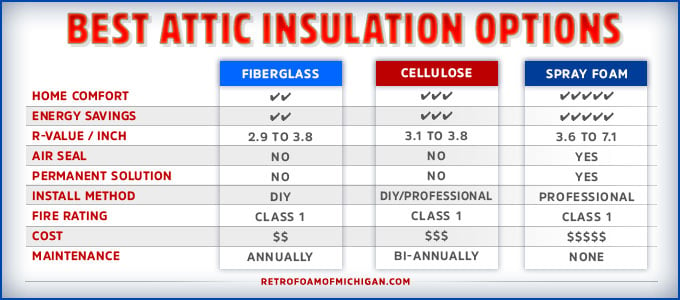
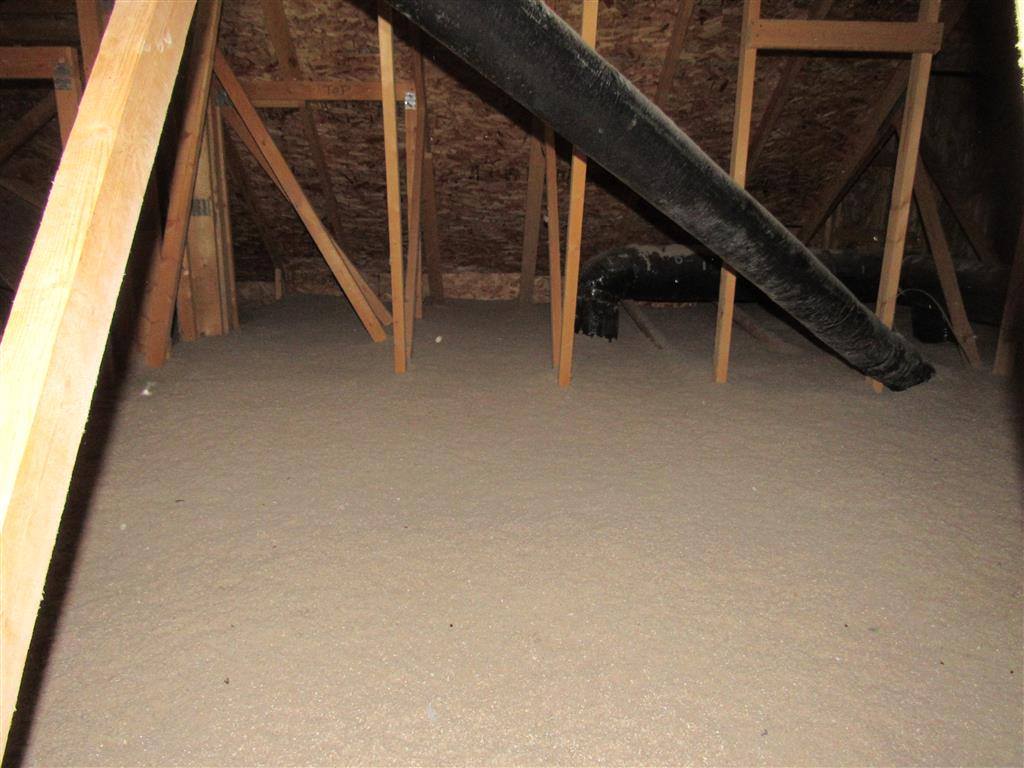
/Blowncelluloseinsulation-GettyImages-504647572-50aaeff502134673b9bfc18e4ae0bb58.jpg)


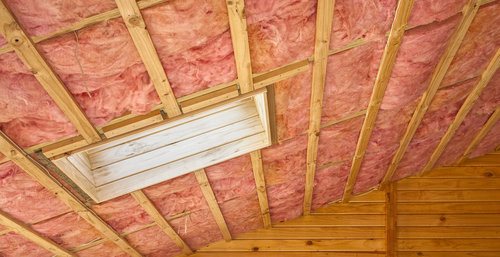


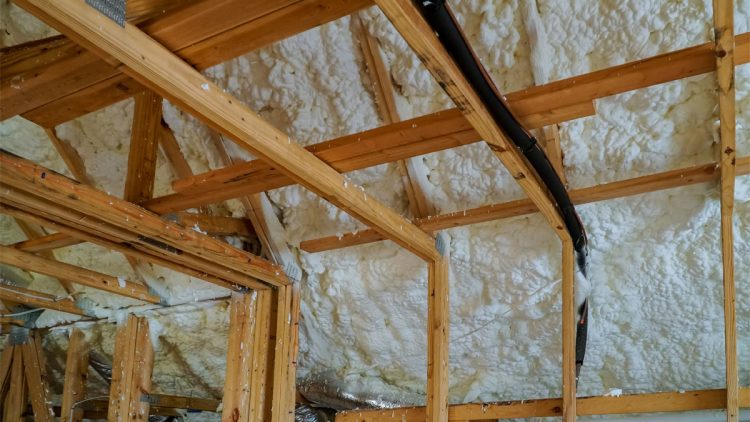
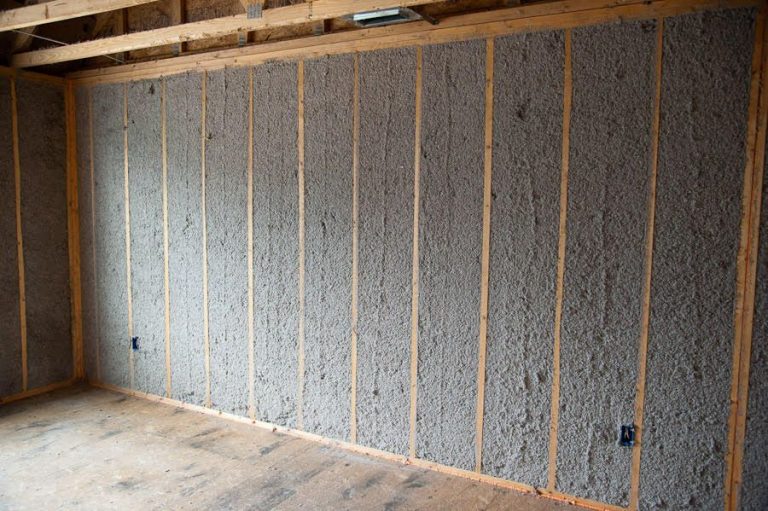

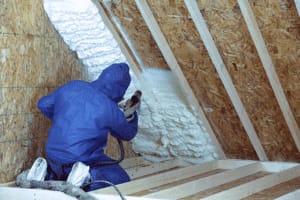
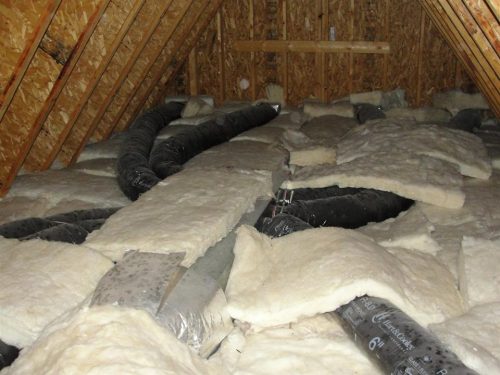
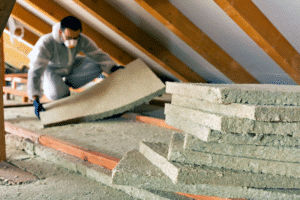
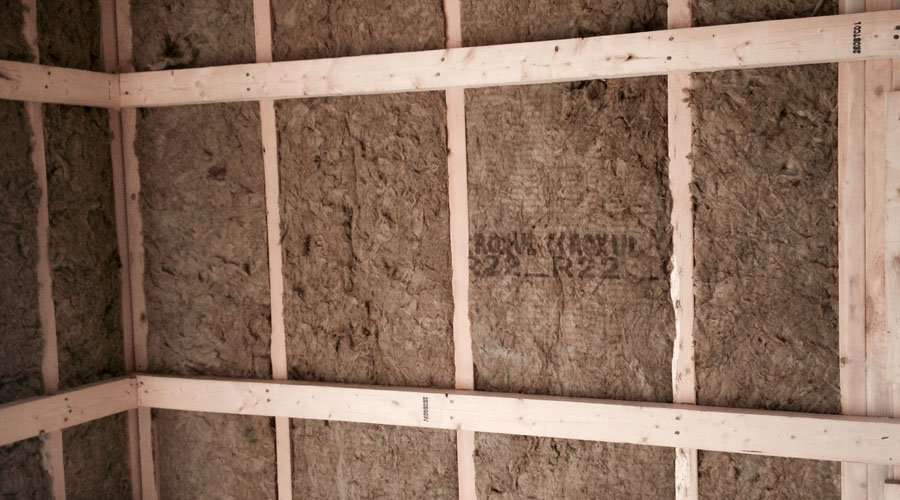



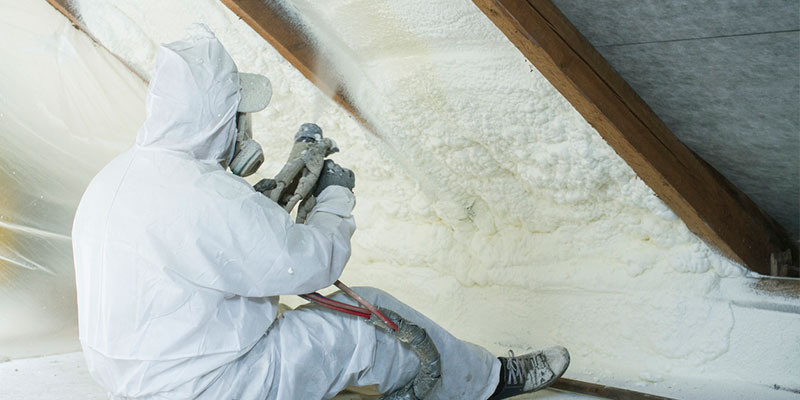
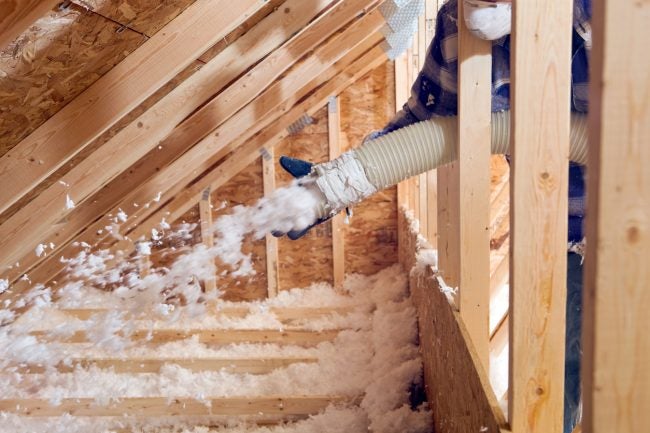
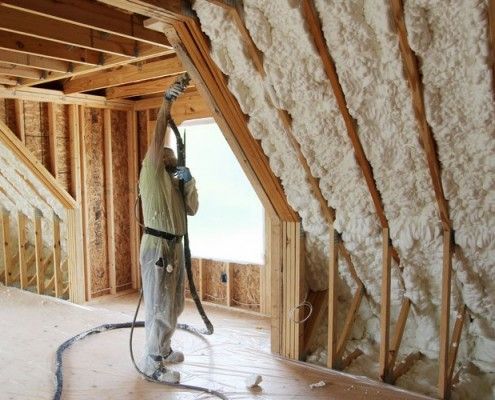
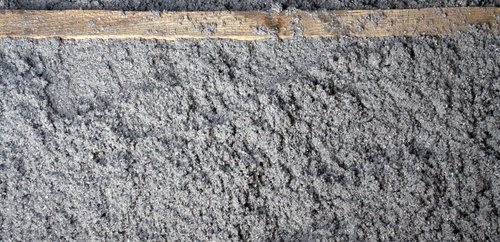


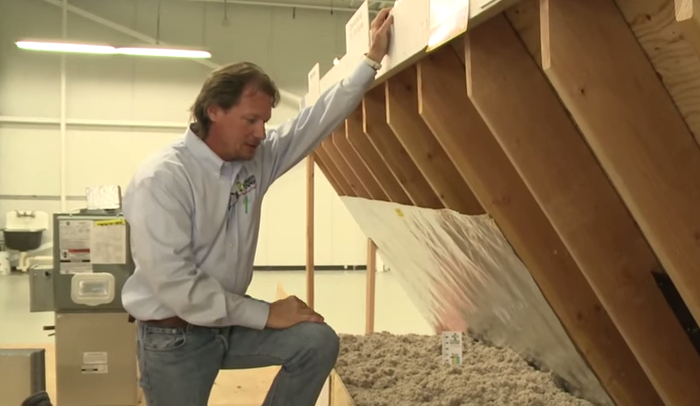



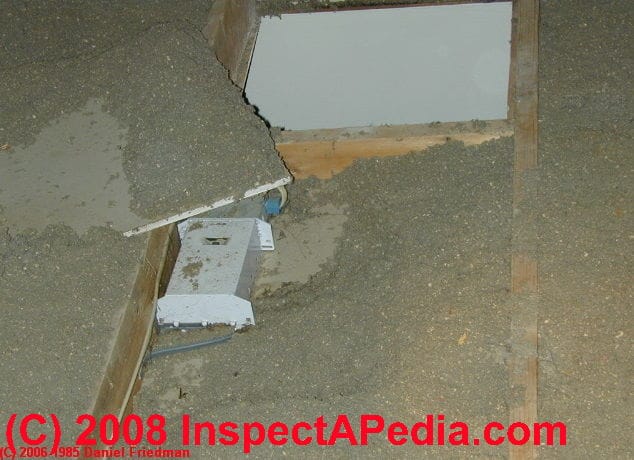



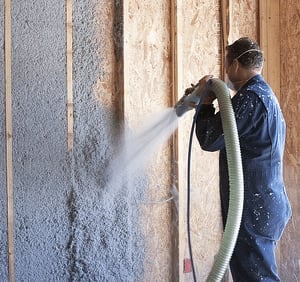







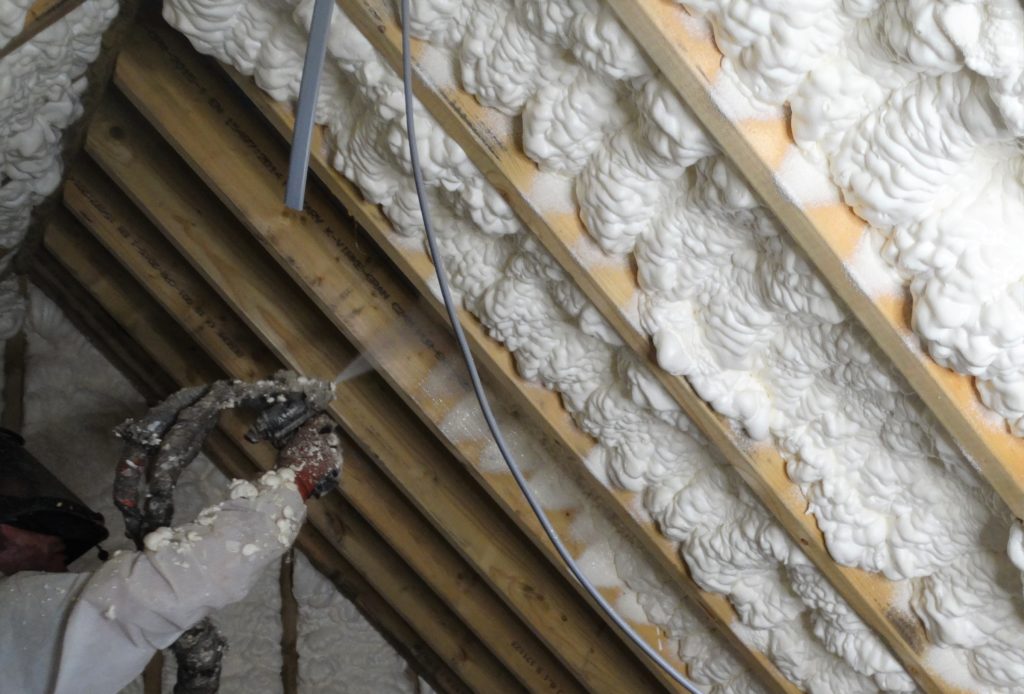
Post a Comment for "Spray Cellulose Insulation Pros Cons"